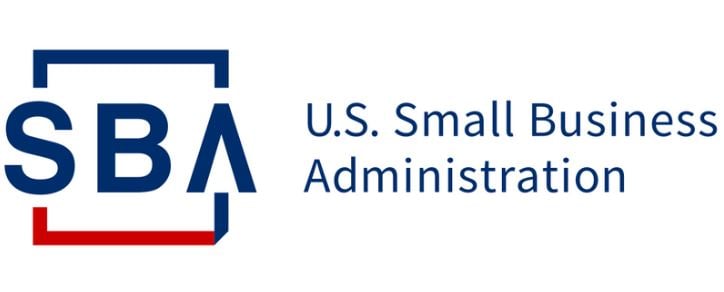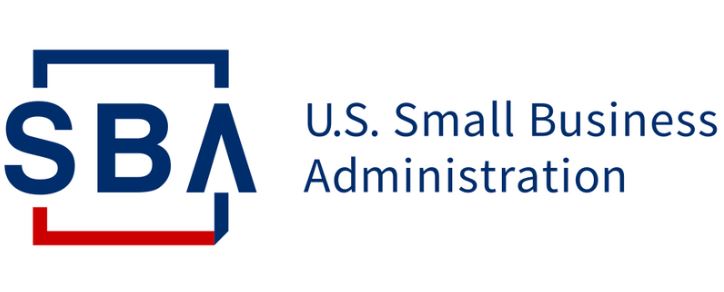
The SBA Mission
The U.S. Small Business Administration (SBA) was created in 1953 as an independent agency of the federal government to aid, counsel, assist and protect the interests of small business concerns, to preserve free competitive enterprise and to maintain and strengthen the overall economy of our nation. We recognize that small business is critical to our economic recovery and strength, to building America's future, and to helping the United States compete in today's global marketplace. Although SBA has grown and evolved in the years since it was established in 1953, the bottom line mission remains the same. The SBA helps Americans start, build and grow businesses.
The statement above was taken directly from the SBA’s website, and while it is accurate, there are some nuances that you as a lender and partner of the SBA should know.
The Simple Explanation of the SBA
In simple terms, the SBA can be thought of as an insurance company whose purpose is to help borrowers obtain loans from private lenders they would not otherwise be able to obtain.
It can be easy to think of the SBA as a nebulous governmental agency, which in turn can foster a “they” vs. “us” mentality.
However, if we replace SBA with “we, the taxpayers of the United States,” it helps put into perspective who and what the SBA really is. In reality, there is no “they” – there is only “us.” SBA lending represents a partnership between people employed by the government and people employed in the private sector working together for common good.
The SBA loan programs are an example of a successful public/private partnership. Collectively, the taxpayers of the United States have formed this agency to help our friends, relatives, and neighbors start and grow small businesses. We are willing to put our shared tax dollars to work in the form of a guarantee (insurance policy) to encourage private lenders to assist small businesses that would otherwise not be able to obtain a loan.
Understand that in the eyes of taxpayers, the program exists to provide a direct benefit to small business borrowers. Secondarily, it provides an indirect benefit to lenders. We must all be good stewards of the program and view it as an important resource to be safeguarded so it can provide benefit for generations to come.
Helping Those That Truly Need Help
This principle is a cornerstone of the SBA, and provides the basis for what is called the Credit Available Elsewhere Test.
By statute, the SBA must only provide assistance to borrowers who are unable to obtain credit at reasonable terms elsewhere.
What Does This Mean to Me?
When the SBA was established, it was set up to be the lender of last resort for small businesses. During recent years, the popularity of SBA programs have grown in leaps and bounds, attracting the attention of Congress. While Congress wants small businesses to flourish, they also want to ensure that the program is being used as it was intended.
Since no one likes tax increases, Congress has directed the SBA and its overseers to make sure that when the SBA obligates the taxpayers of the United States on a loan, the borrower truly needs the guarantee and otherwise can’t obtain conventional financing from another source.
Therefore, it is important that you clearly document in your credit memo why you cannot make the proposed loan without the SBA’s guarantee. There tend to be a few common and very acceptable reasons that lenders cite:
-
The proposed loan is under-collateralized.
-
The guarantee allows us to provide a longer amortization than we would normally allow.
-
The borrower is a startup with no proven track record.
-
The lender’s liquidity depends on selling the guaranteed portion of the loan on the secondary market.
We hope this has provided some helpful context. If you have more questions about SBA loans, please check out our Frequently Asked Questions page, with common questions and answers for both Lenders and Borrowers.

